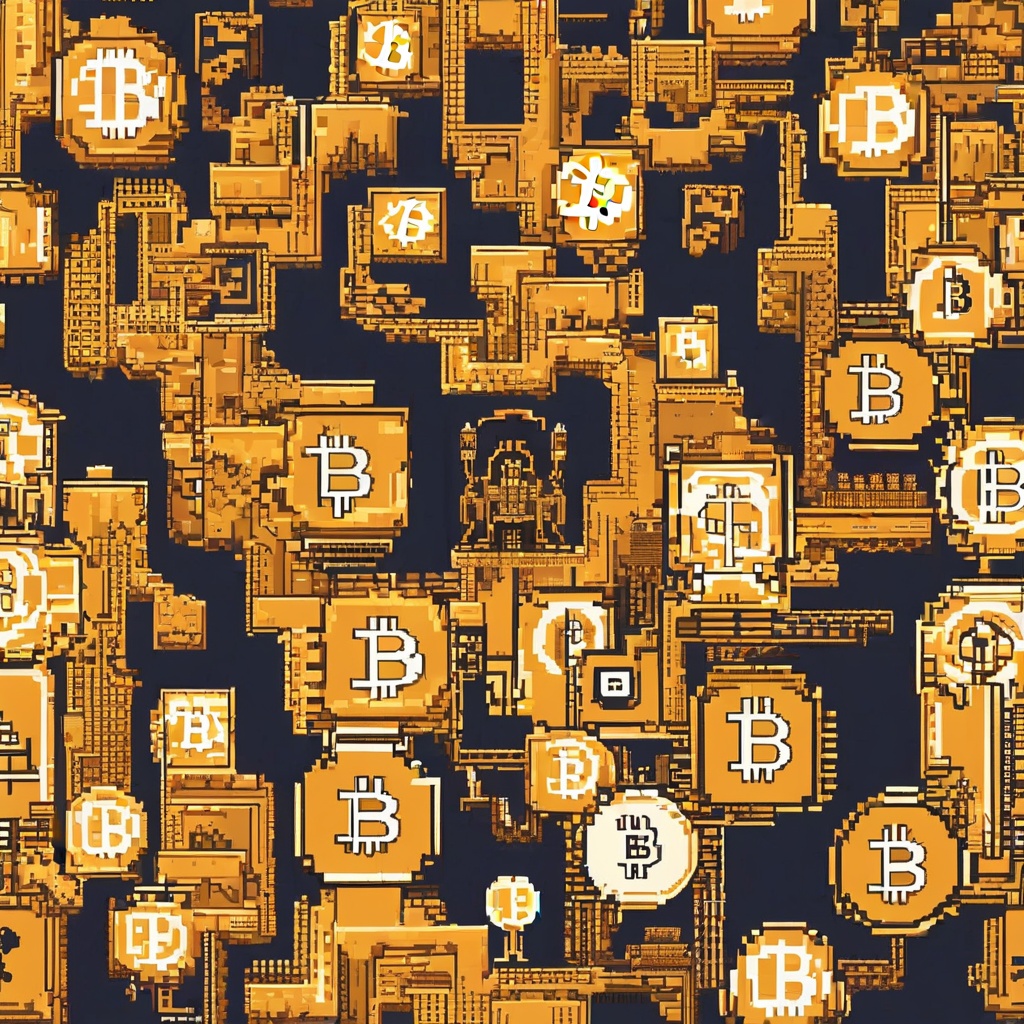I'm curious to know, could you please explain to me what Roman coinage entails? I understand that it was a significant aspect of the ancient Roman economy, but I'm not entirely clear on the specifics. Were there different types of Roman coins? How were they made? And what role did they play in facilitating trade and commerce during that time period? I'm fascinated by the history of finance and currency, and I believe understanding Roman coinage would provide valuable insights into the evolution of money and its role in society.

5 answers
 HallyuHeroLegend
Sat Aug 10 2024
HallyuHeroLegend
Sat Aug 10 2024
The second system was characterized by the introduction of silver and bronze 'Romano-Campanian' coinage. This represented a shift towards genuine struck coins, as opposed to the ingots of the Aes Signatum.
 Giulia
Sat Aug 10 2024
Giulia
Sat Aug 10 2024
Roman coinage initially existed within three distinct monetary systems, each developing organically and without direct influence from the others. Over time, these systems underwent a process of rationalization.
 RubyGlider
Sat Aug 10 2024
RubyGlider
Sat Aug 10 2024
The first system was represented by the Aes Signatum, consisting of bronze ingots that weighed approximately 1500 grams. These ingots served as a form of currency in their own right.
 GeishaWhisper
Fri Aug 09 2024
GeishaWhisper
Fri Aug 09 2024
The third system was the Aes Grave, featuring cast bronze disks. These disks, like the ingots, were a form of currency in their own right and distinct from the struck coins of the second system.
 CryptoElite
Fri Aug 09 2024
CryptoElite
Fri Aug 09 2024
As these three systems evolved, they began to converge and become more standardized. This process of rationalization helped to create a more unified and coherent monetary system for the Roman Empire.

